Lamborghini Miura: The Making Of A Legend — Part 2
Images: Ida-Mari Svevad, Gautam Sen, Branko Radovinovic, Archivio centrale dello Stato/Stile Bertone
From yesterday's first part, we know how the chassis came about. Now it is all about the design development process of Lamborghini's epoch-making supercar.
Even though Gandini was officially on the rolls from November 1, 1965, he had begun working on an informal basis a couple of months earlier. The very first design work that Gandini dived into at Carrozzeria Bertone was a project commissioned by Porsche’s Californian distributor, Johnny von Neumann, to develop a roadster version of the Porsche 911. The other was a four-seater coupe on the base of the Jaguar S-Type sedan for the Italian importer for Jaguar Cars, Ferruccio Tarchini.

Work had barely begun on these two projects, when the third—the most important of them all—arrived at Carrozzeria Bertone. By the end of the Turin Motor Show, Carrozzeria Bertone was given the drawings of the TP400, and work began in late November 1965 to design the body.

Assisting Gandini as a junior designer to work on the details was another young man, Piero Stroppa, a 19-year-old enthusiast, who had joined Carrozzeria Bertone as an assistant to Giugiaro in April 1965. Stroppa remembers that it was in September 1965 or so that Gandini began collaborating with Bertone on a part-time basis, joining Carrozzeria Bertone in October 1965 and being officially employed from November 1, 1965.
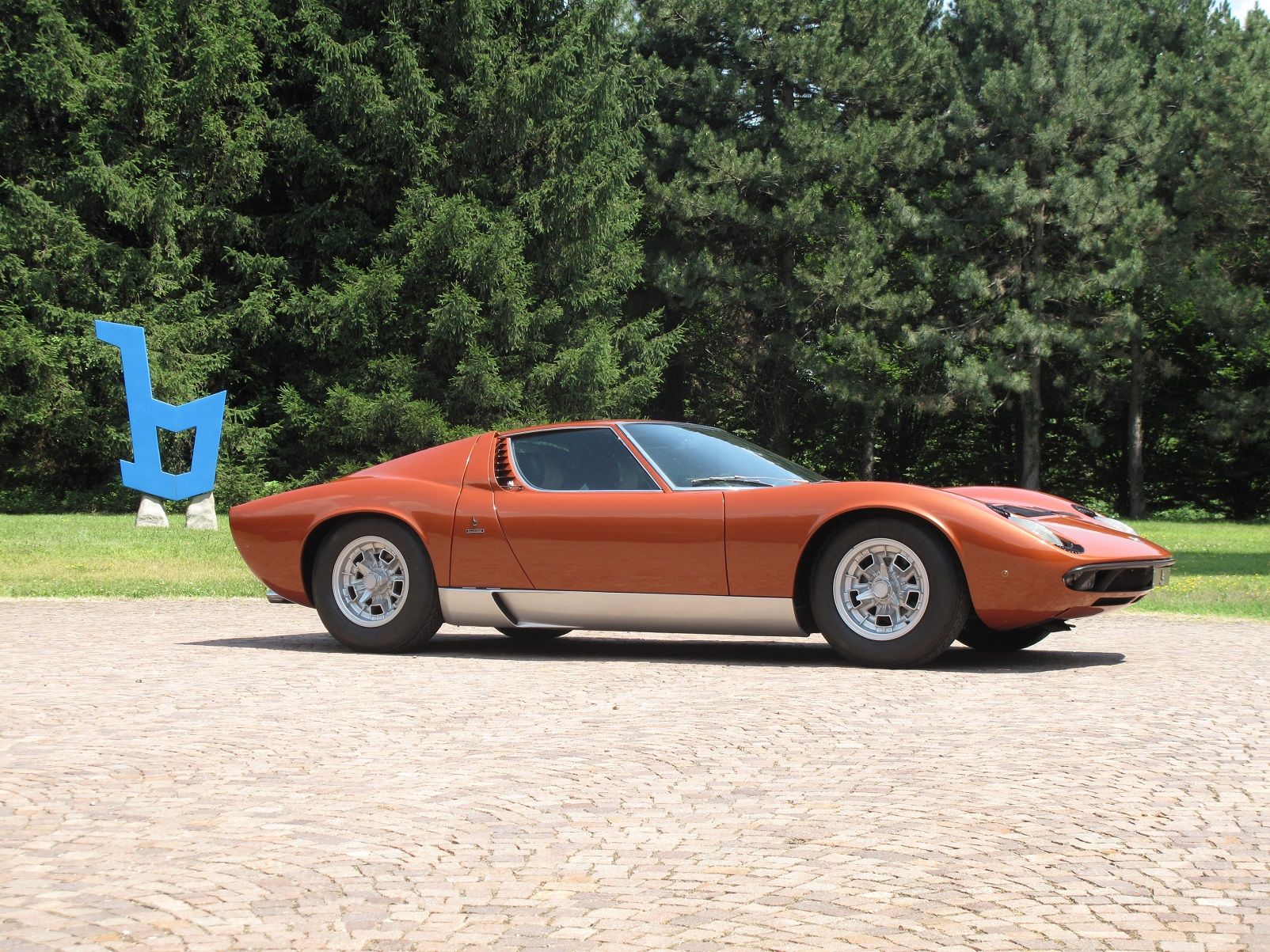
It was Stroppa who readied the side elevation drawings of the chassis, powerpack and hard points once Carrozzeria Bertone had received the chassis drawings of the new mid-engine car from Automobili Ferruccio Lamborghini. As time was very tight, Gandini sketched directly on to Stroppa’s outline drawings a profile of the proposed design for the new car. Stroppa’s drawings were ready by December 20, 1965, and Gandini’s orthogonal drawings of the front, side, rear, and top of the car, along with the scale model, were ready by Christmas Eve 1965.
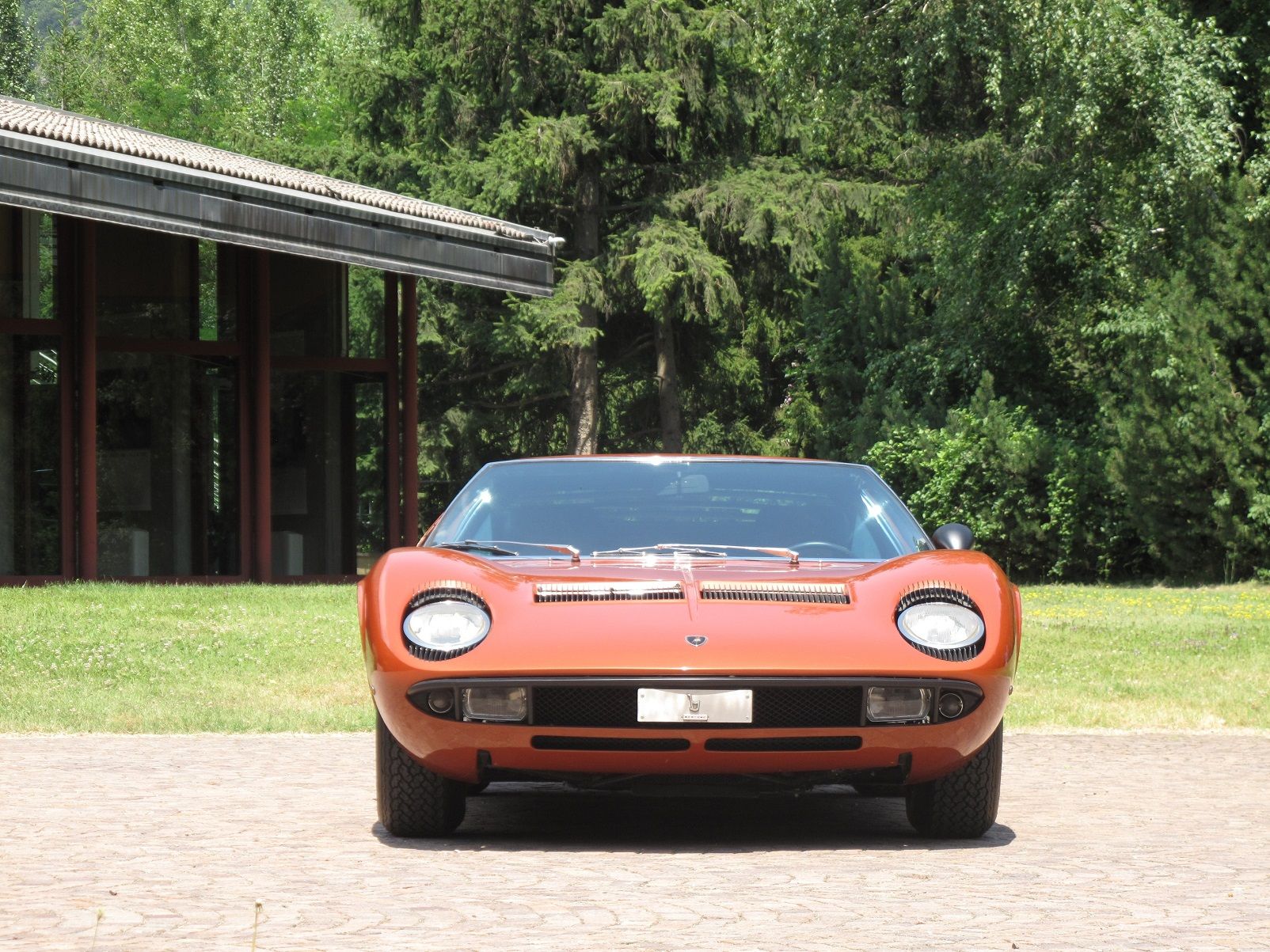
“I guess it was either December 28 or 29, 1965,” remembers Giampaolo Dallara that the engineer and Ferruccio Lamborghini were shown the drawings by Nuccio Bertone and Carrozzeria Bertone’s press and commercial officer then, the 32-year-old Enzo Prearo.
“The drawing was approved immediately,” confirmed Dallara to the author.
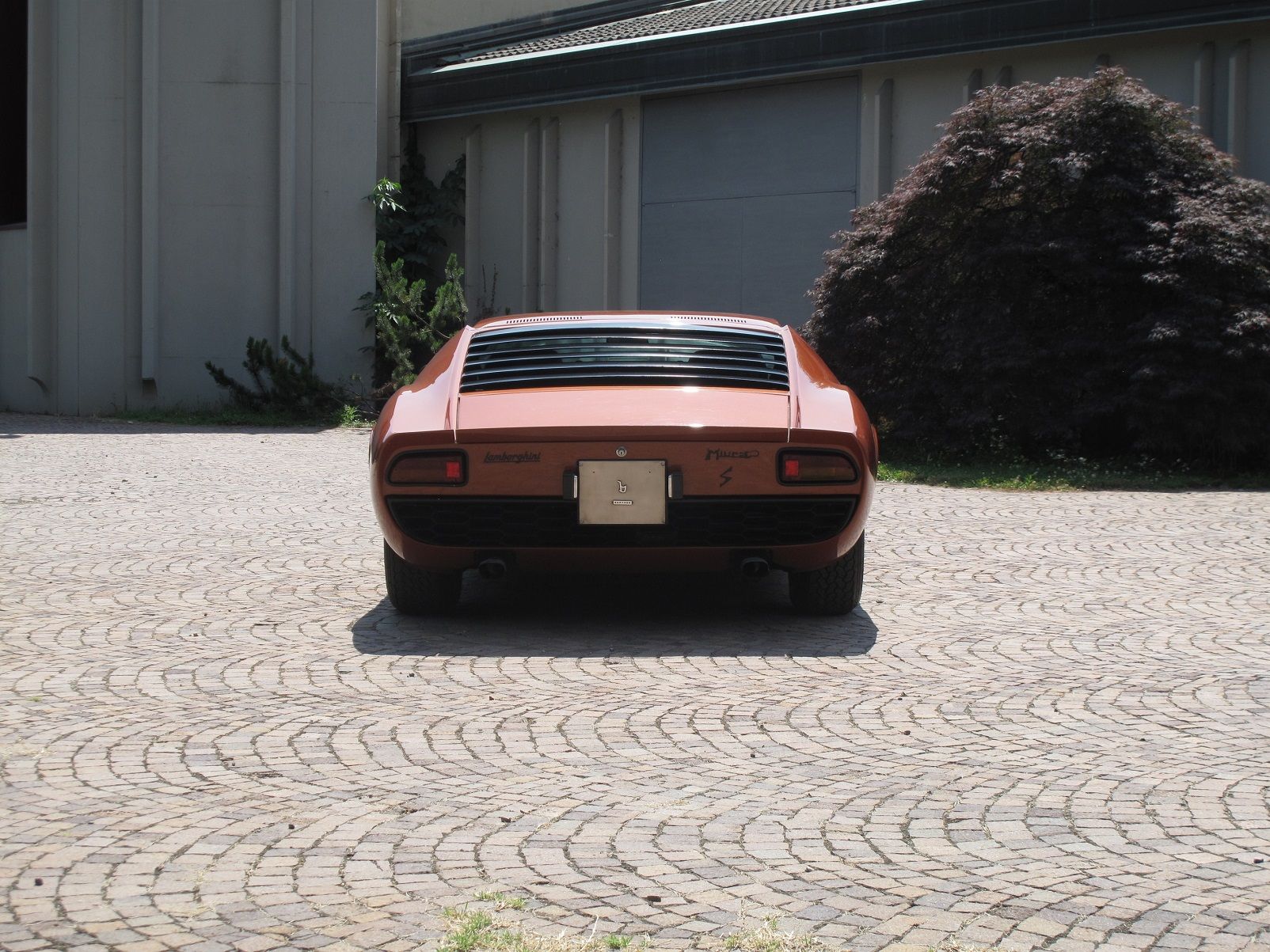
Paolo Stanzani confirmed this part of the story too to the author: “Ferruccio Lamborghini accepted Nuccio Bertone’s proposal of collaborating together at the Turin motor show and a few days later we provided the indications and data necessary to the development of a styling proposal. In the first meeting at Bertone, we, that is Ing. Dallara and I, expressed to Marcello Gandini our points of view on how our new car should be and in particular on what we had in mind for the body: a race car… for the road! We mentioned the Ford GT 40, as that was the non plus ultra at that time. A few days later Gandini presented some sketches and renderings of his styling proposal. Ferruccio Lamborghini and all of us were absolutely enthusiastic and did not want any changes.”
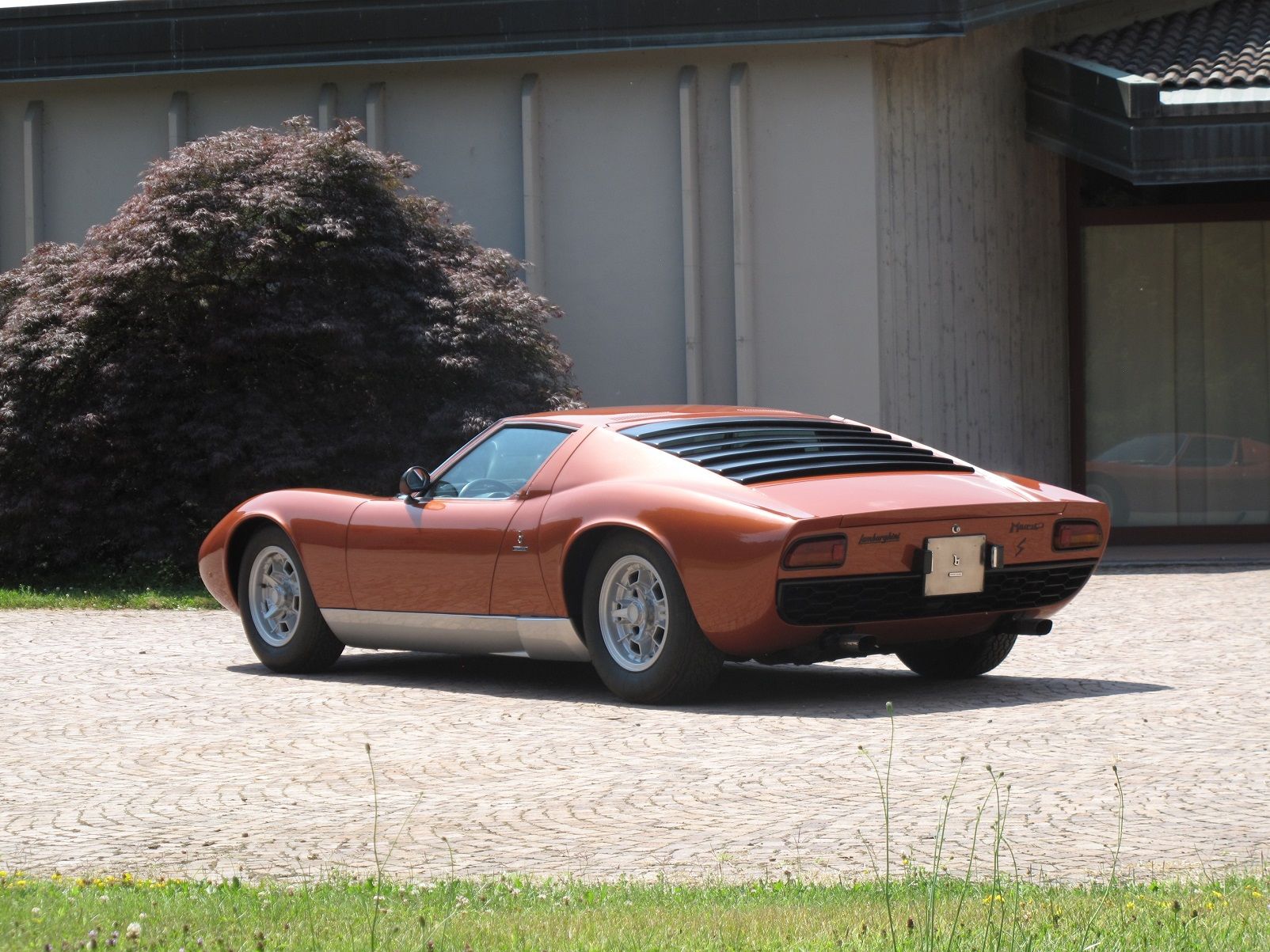
It may be worth noting that Marcello Gandini had also considered another shape for the midship's two-seater, but that orthogonal drawing (datelined December 31, 1965) remained in the Carrozzeria Bertone archives. Nuccio Bertone took the decision to present just one proposal to Ferruccio Lamborghini and his two engineers, one which they very enthusiastically agreed upon.
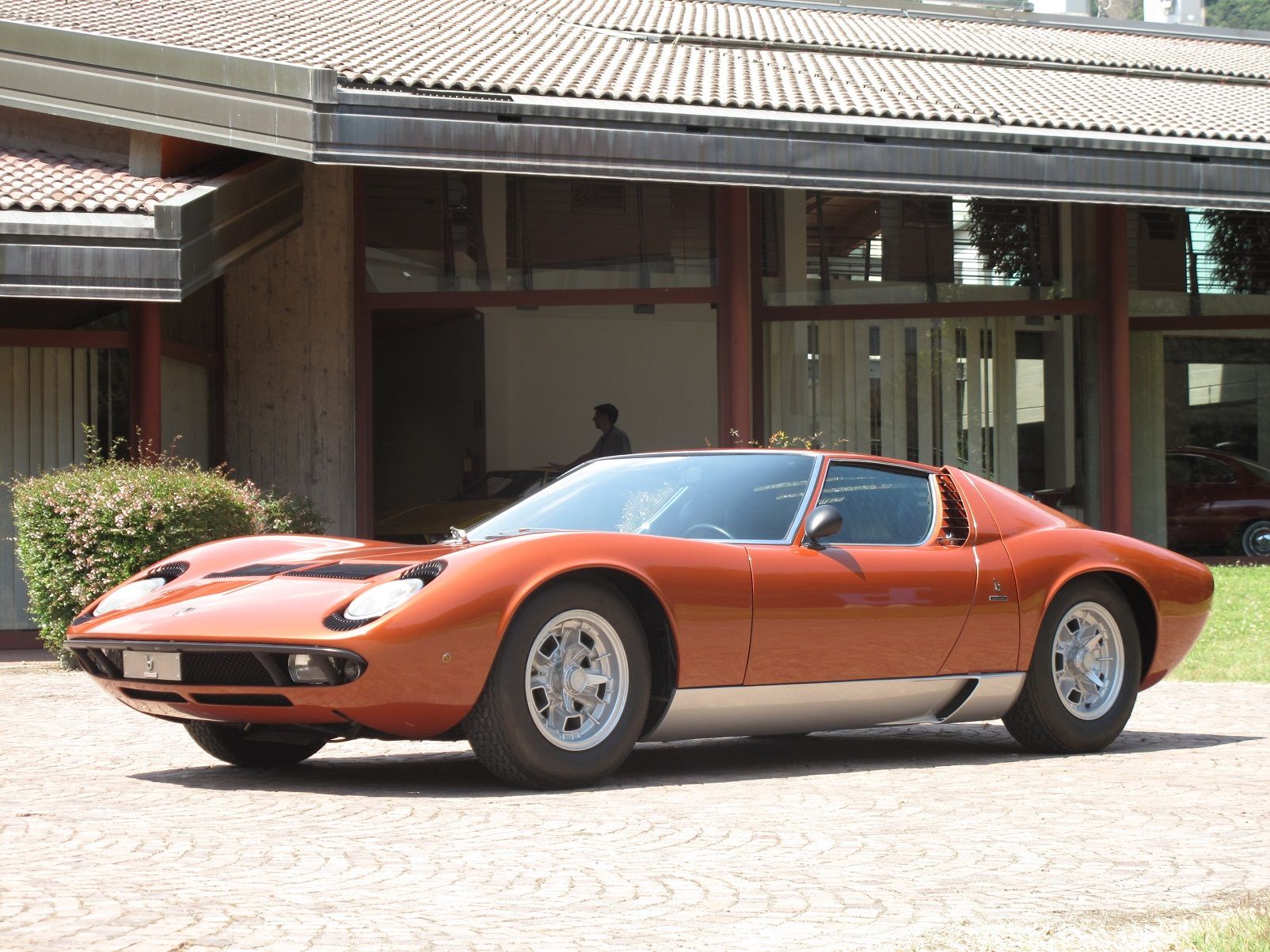
Immediately into the new year, in January 1966, work began on the construction of the body for the prototype, and there wasn’t even time to do proper drawings of the interior, remembers Stroppa; Gandini’s rough sketches became the basis for an interior to be constructed ‘on the run’.
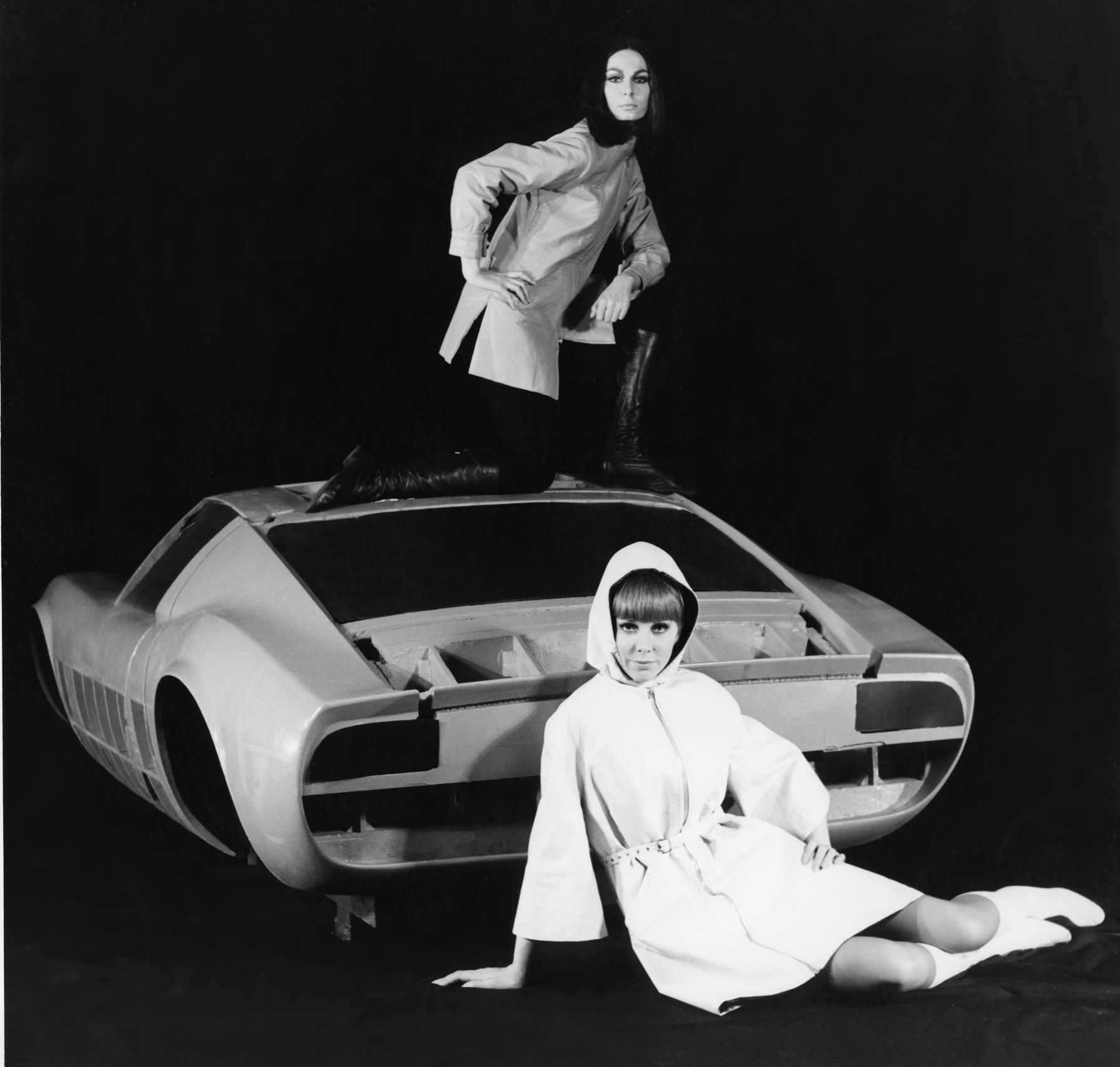
Ferruccio Lamborghini decided to name his new car Miura, after the Spanish farm famous for raising one of the fiercest breeds of fighting bulls. Founded in 1849 in Lora del Rio, Andalusia, the farm is run by the Miura family, and is one of the oldest and most famous of the ‘ganaderías’ of Spain.
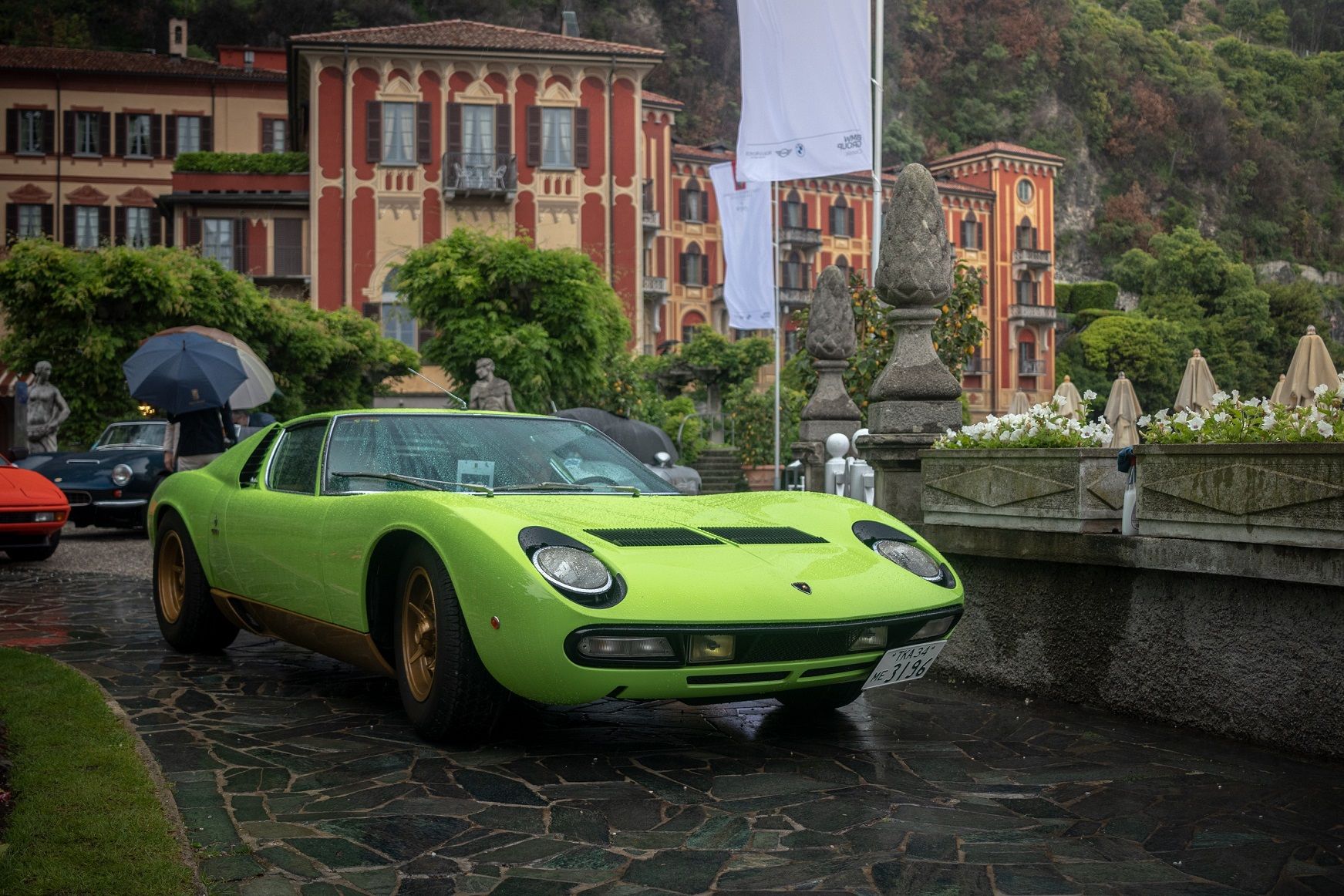
Although the usual process of prototyping a new design in the tradition of the Italian coachbuilders of the epoch was followed, several activities were happening almost simultaneously. As the 1:1 scale full-sized body profile drawings were being developed by draftsmen Venanzio de Biase and Giulio Bianchini from the 1:10 scale orthogonal drawings by Gandini, work had also begun on readying the wooden cross-sectional buck from which the steel body panels were to be formed by the age-old method of hammering out the shape.
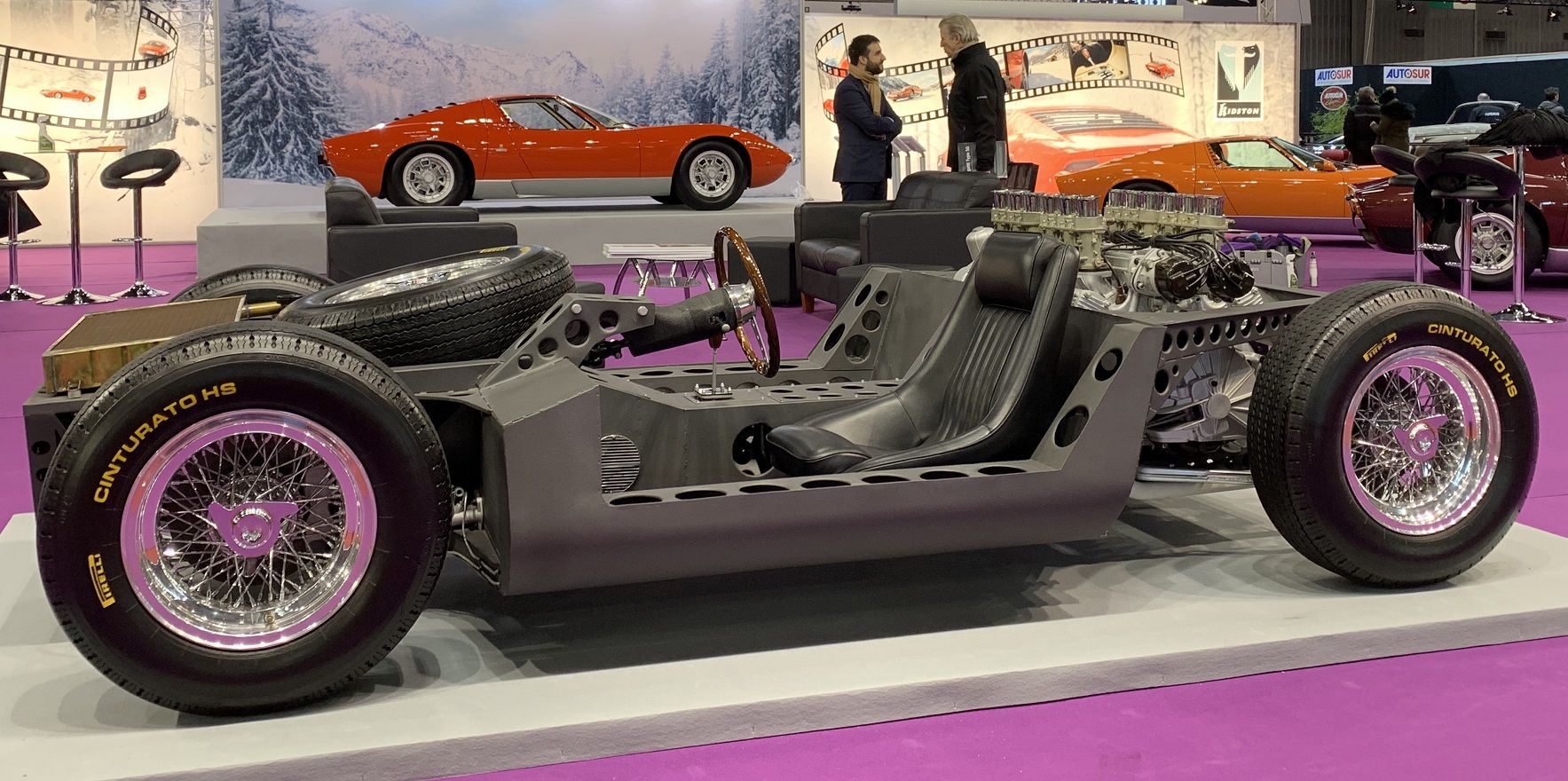
As time was very tight, the team had to work “through Christmas and the New Year, through weekends after weekends, without a break,” remembers Gandini, “until the day before the show was to open, when the three cars were trucked to Geneva overnight.”
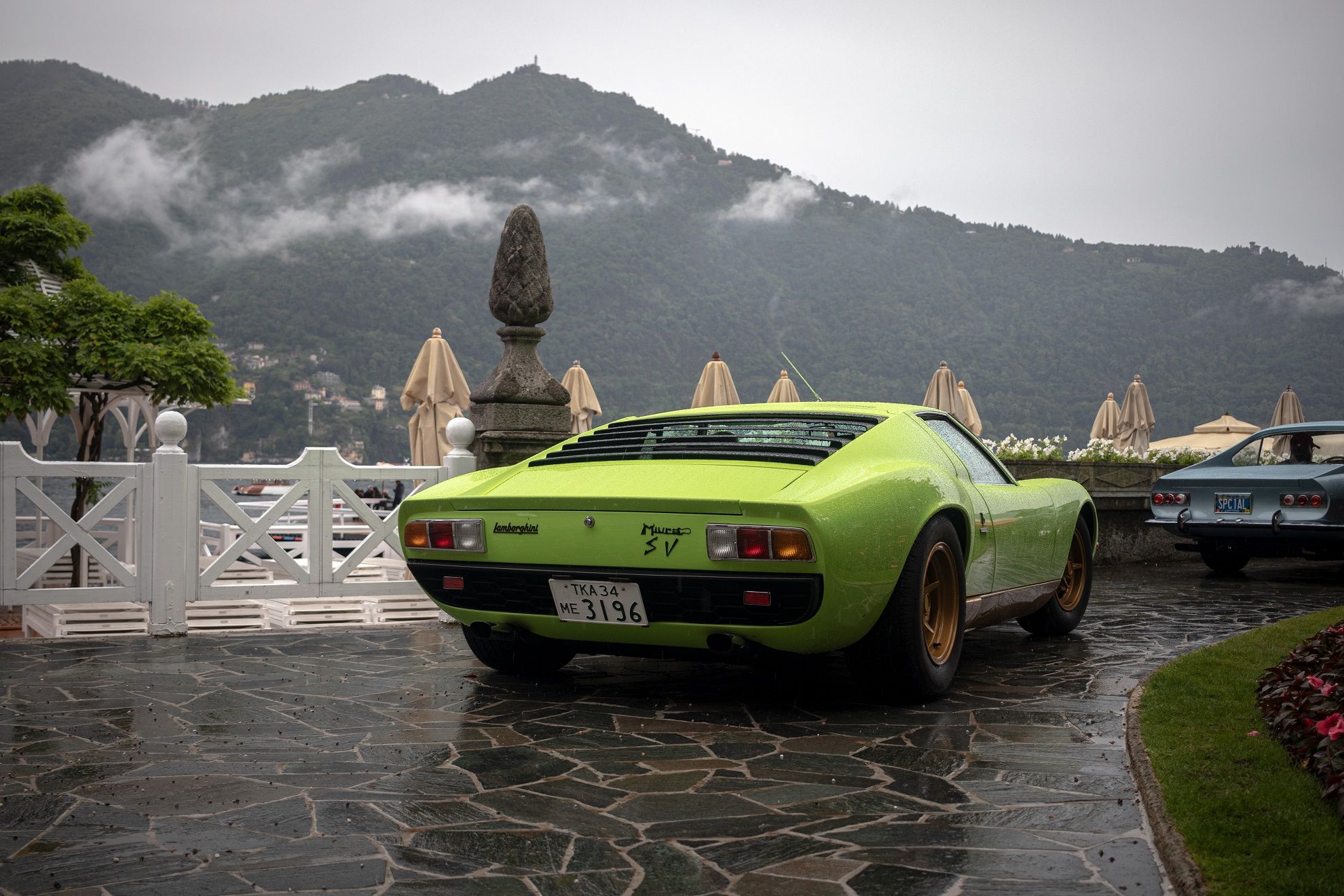
The 1966 edition of the Geneva Motor Show opened on Thursday, March 10. And the Miura was an absolute sensation, becoming the undisputed star of the show.
“The Miura stands for a kind of beauty that lies in merging opposites,” explains its designer, “It is a body with lots of muscles, but they are the muscles of a beautiful woman, not a male body builder. It is wicked, but with some gentle touches. It has lots of edges but all the curves in the right places. The stare is aggressive, but tempting; the car is intimidating, but attractive.” And impossible to resist, may we add?

By the end of the Geneva Motor Show, though many of the rich and the beautiful had lined up to order a Miura, Ferruccio Lamborghini bet Nuccio Bertone that he would sell a total of about 50 of his exotic supercars. Despite his admiration for the project, Nuccio Bertone expected that no more than 20 units would be made.
Both men were wrong. Lamborghini built 765 Miuras eventually, in three series. With the sensational Miura, Lamborghini became a household name across the globe.
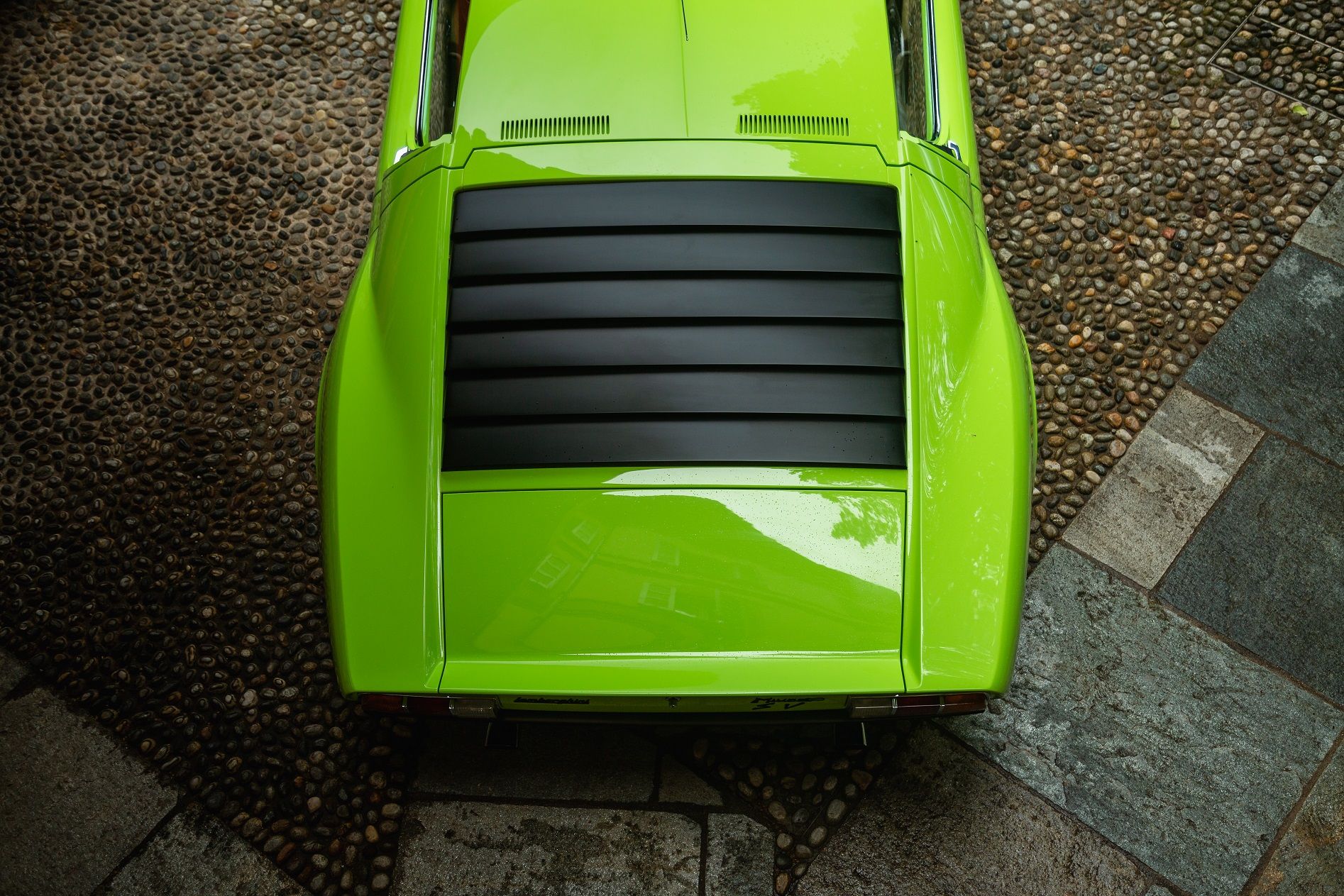
At the same time, the Lamborghini Miura announced the advent of a brilliant designer, who for the next five decades would have an extraordinary influence on the design and development of the automobile.
For more detailed information on the genesis of the Lamborghini Miura P400, check out Lamborghini: At the Cutting Edge of Design at: Lamborghini: At the Cutting Edge of Design by Gautam Sen with Branko Radovinovic and Kaare Byberg (daltonwatson.com)
Comments
Sign in or become a deRivaz & Ives member to join the conversation.
Just enter your email below to get a log in link.
